Editor's note: The only total solar eclipse of 2021 occurred Saturday, Dec. 4, over Antarctica, where few people could see it. Some intrepid explorers, like our columnist Joe Rao, attempted to see the eclipse from cruise ships near Antarctica. Here's what Joe and his ship saw.
FROM THE LE COMMANDANT CHARCOT IN THE SOUTHERN OCEAN OFF OF ANTARCTICA -- Approximately 200 passengers on board this exploration cruise ship, owned by the French cruise line, Ponant, sadly suffered a complete cloud out of this total solar eclipse, which swept across a part of the frozen Antarctic continent on Saturday.
Late Friday evening, Captain Etienne Garcia, Master of the Le Commandant Charcot, reversed the course of the ship. It had been previously heading on a southeast trajectory just to the east of the center-line of the eclipse track, but based on a check of satellite imagery, Captain Garcia decided to turn and head on a northwest trajectory and maneuver the ship closer to the eclipse center line. The satellite images had shown a more-or-less general cloud cover, but the search was on for some thin spots which might have provided some partial visibility.
Photos: Amazing 2021 total solar eclipse views from Antarctica
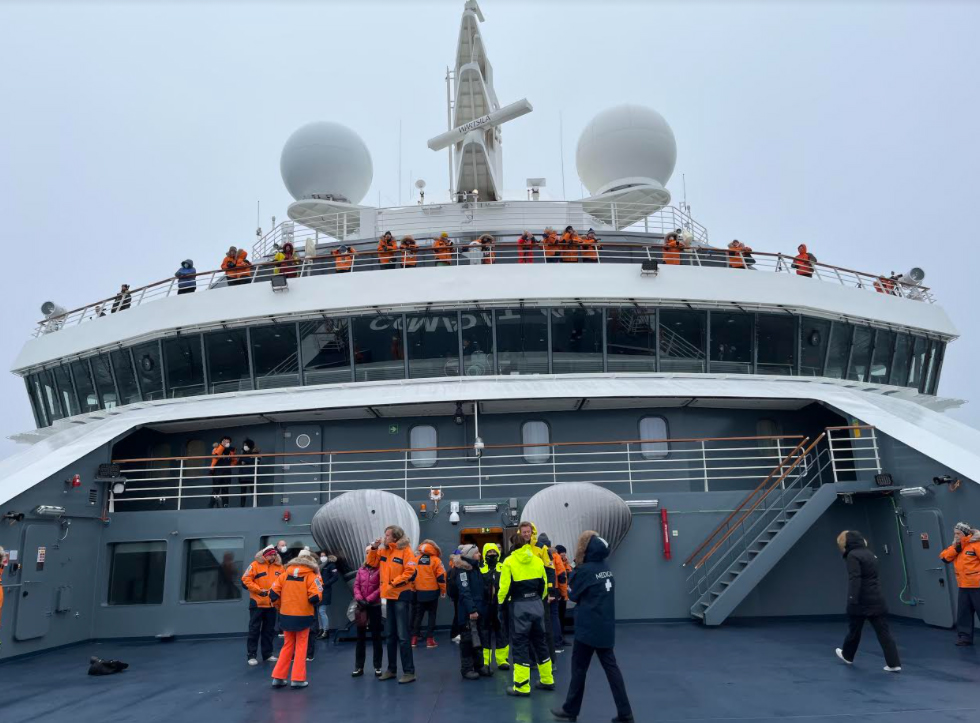
Unfortunately, during the overnight hours as the temperatures cooled the overcast only became thicker. And the passengers and crew who gathered at the stern of the ship after 3 a.m. ("Chilean Summer Time") only saw gray skies.
At the time it encountered the moon's dark umbral shadow, the 30,000-ton exploration vessel was located near 57.72 degrees south and 44.02 degrees west, to the northeast of the South Orkney Islands. About 20 minutes before second contact, the start of the total phase of the eclipse, passengers began to notice a subtle diminution of the light levels and it really began accelerating toward darkening in the final couple of minutes before totality as the moon's shadow raced toward us from the northeast at 3,100 mph.
Related: The 8 most famous solar eclipses in history
Get the Space.com Newsletter
Breaking space news, the latest updates on rocket launches, skywatching events and more!
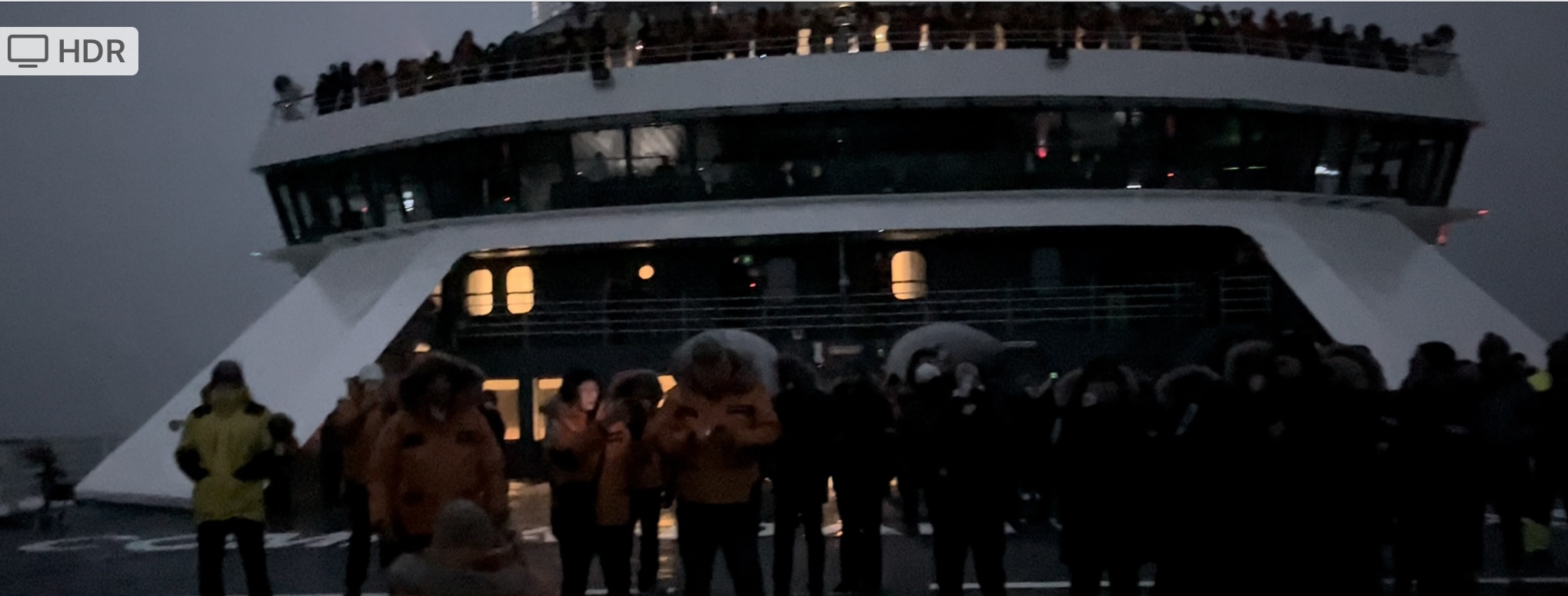
A number of petrels — tube-nosed seabirds indiginous to this part of the world —were flying and swooping around the ship as the darkness was coming on and we also caught sight of two whales that breached the sea surface alongside our ship. Whether they were all reacting to the darkening sky is debatable, but certainly a possibility.
Totality lasted 97 seconds. No distinct shadow or cone of darkness was noted. Rather, just an amorphous darkening of the sky — like someone turning down a rheostat or dimmer switch. No colors were seen and the end of totality seemed more pronounced as the light seemed to come back quicker than it when it faded away.
During totality, it actually began to drizzle very lightly and a few minutes after third contact it actually started to snow lightly. The air temperature hovered at around 0C (32F), but factoring in the winds made it feel noticeably colder.
Related: The stages of the 2021 total solar eclipse explained
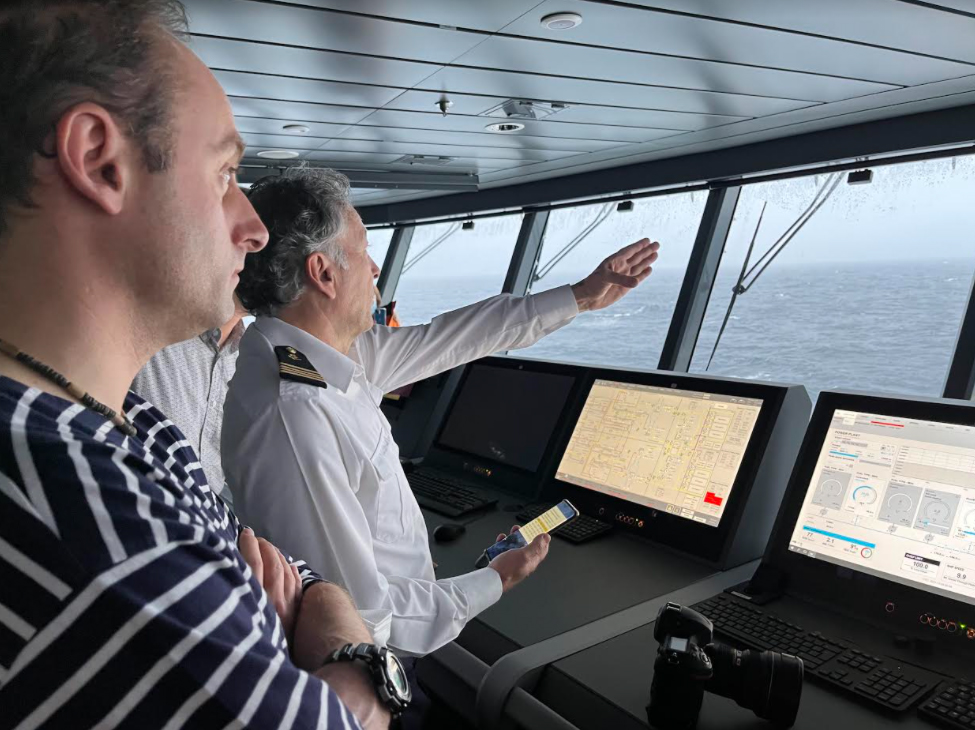
Well ... we gave it our best shot, but unfortunately came up empty. Those who had never experienced a total solar eclipse, were impressed by the dramatic darkening of the sky, but for those like myself, who knew what was hidden from our view behind the cloud deck, it was quite disappointing.
I knew when I accepted this assignment to work with Captain Garcia and his staff, that the weather odds were long for success based on long-term climate records for this part of the world. It is nonetheless hard to take, considering how brilliantly sunny our skies were in the two days prior to the eclipse.
This was eclipse number 13 for me . . . the very first dating back to July 1972; only my second cloud-out (the first was 44 years ago in Colombia, October 1977). My batting average for eclipse success is 84.7%, so I really have little to complain about -- but a bitter defeat nonetheless.
On a bright note, with today's 97 seconds, I have now spent over 30 minutes "basking" in the shadow of the moon.
Back in 1973, I was at a gathering of eclipse chasers at the Hayden Planetarium where Dr. Charles Hugh Smiley of Brown University was attending. The Director at Hayden, Mark Chartrand said that Dr. Smiley had spent more than 30 minutes in the Moon's umbra, "An unprecedented total!" gushed Dr. Chartrand. I thought to myself at that time that I would never come remotely close to Dr. Smiley's record, but with today's eclipse I have.
Dr. Smiley (who passed away in 1977), ended his career having observed 14 eclipses. Today, many veteran eclipse chasers have seen more than 20 total eclipses and a few individuals, such as solar physicist, Dr. Jay Pasachoff of Williams College in Massachusetts and Dr. Glenn Schneider of the University of Arizona's Steward Observatory, have seen more than 30!
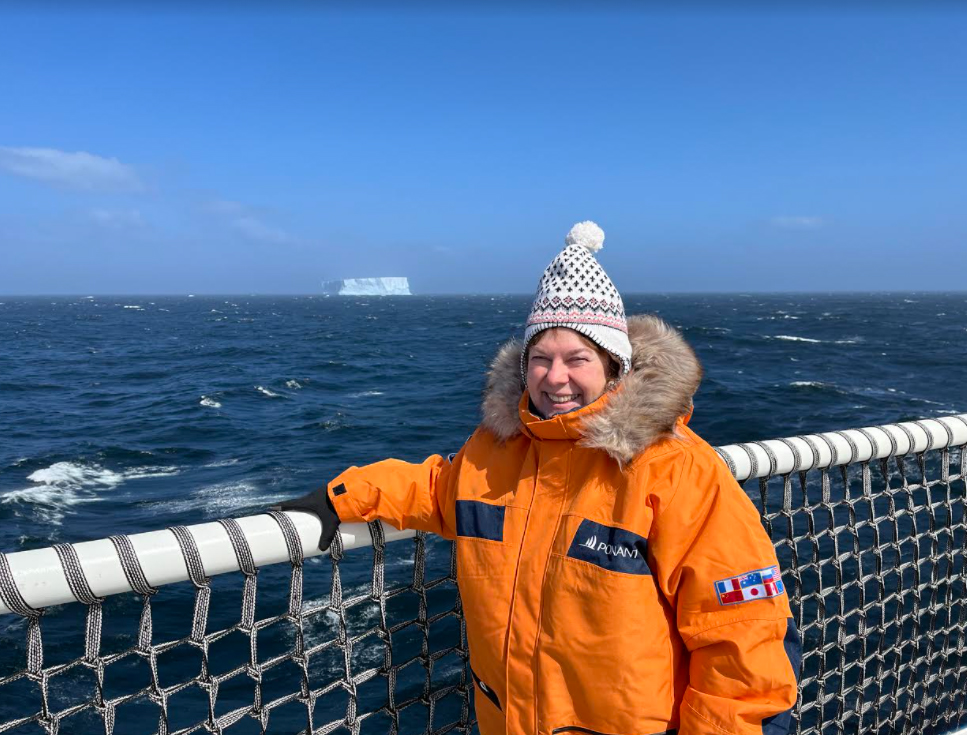
At least one cruise ship did get a view of the totally eclipsed sun. Word reached us that National Geographic's ship "Endurance" managed to sight the sun's corona between clouds at a position near the beginning of today's totality path. There were also chartered flights that took observers about 33,000-feet above the cloud cover for airborne views of this morning's celestial spectacle.
In all, it is estimated that fewer than 3000 people attended observation of today's total eclipse.
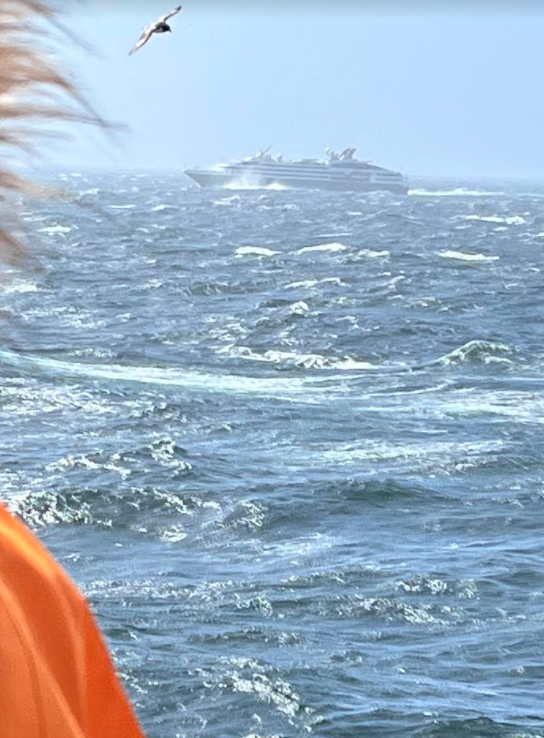
The next total eclipse on April 20, 2023, will actually be an unusual annular-total, or "hybrid" eclipse, in which along part of the eclipse path an annular or ring eclipse is seen, while along other parts of the eclipse path the eclipse is total. Most eclipse watchers are likely to converge on Cape Range National Park in Western Australia, where totality will last for 62 seconds.
On April 8, 2024, a total eclipse will cross parts of Northern Mexico and the Southern and Eastern United States and Eastern Canada. About 35 million people live in the totality path of this eclipse with the total phase in some cases exceeding 4 minutes.
Editor's Note: If you snap an amazing solar eclipse photo and would like to share it with Space.com's readers, send your photo(s), comments, and your name and location to spacephotos@space.com.
Joe Rao serves as an instructor and guest lecturer at New York's Hayden Planetarium. He writes about astronomy for Natural History magazine, the Farmers' Almanac and other publications. Follow us on Twitter @Spacedotcom and on Facebook.
Join our Space Forums to keep talking space on the latest missions, night sky and more! And if you have a news tip, correction or comment, let us know at: community@space.com.

Joe Rao is Space.com's skywatching columnist, as well as a veteran meteorologist and eclipse chaser who also serves as an instructor and guest lecturer at New York's Hayden Planetarium. He writes about astronomy for Natural History magazine, Sky & Telescope and other publications. Joe is an 8-time Emmy-nominated meteorologist who served the Putnam Valley region of New York for over 21 years. You can find him on Twitter and YouTube tracking lunar and solar eclipses, meteor showers and more. To find out Joe's latest project, visit him on Twitter.









